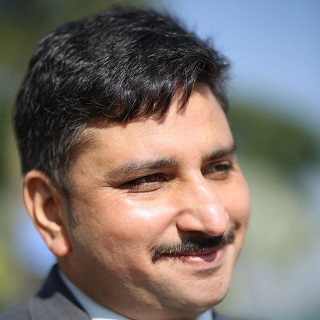Journey of the Dream to Fly
Now we come to the third motion of aircraft…….the YAW Motion.
A yaw motion refers to the horizontal movement of an airplane’s nose. It’s essentially used to turn an airplane in a different direction. Like most vehicles, including cars and trucks, airplanes must turn to change the direction. Airplanes rely on a yaw movement to perform such turns that allow them to change the direction in which they fly.
Airplanes have an axis on which yaw movements are performed. Known as a yaw axis, it runs perpendicular to the airplane’s wings. The yaw axis is basically a straight line that starts at the nose of the airplane and stops at the tail of the airplane. When an airplane turns, it will rotate along its yaw axis.
Yaw is controlled via the rudder. If you look at the tail of a typical airplane, you’ll notice a flap on each side. These flaps encompass the airplane’s rudder, and pilots can control the ruder to perform a yaw movement. When a pilot wants to change direction, he or she will engage the rudder. The rudder flap will shift, thereby allowing the airplane to rotate along its yaw axis
Along with the rudder, pilots can perform a yaw movement by engaging the ailerons. The ailerons and rudder both provide a method of controlling the direction in which airplanes fly.
Let’s understand the yaw motion and its control through this video.
In the next edition we will study more about relation between various motions……..
By: Mr. Pradyumna Sharma (Sr. Manager – Ground Services)




